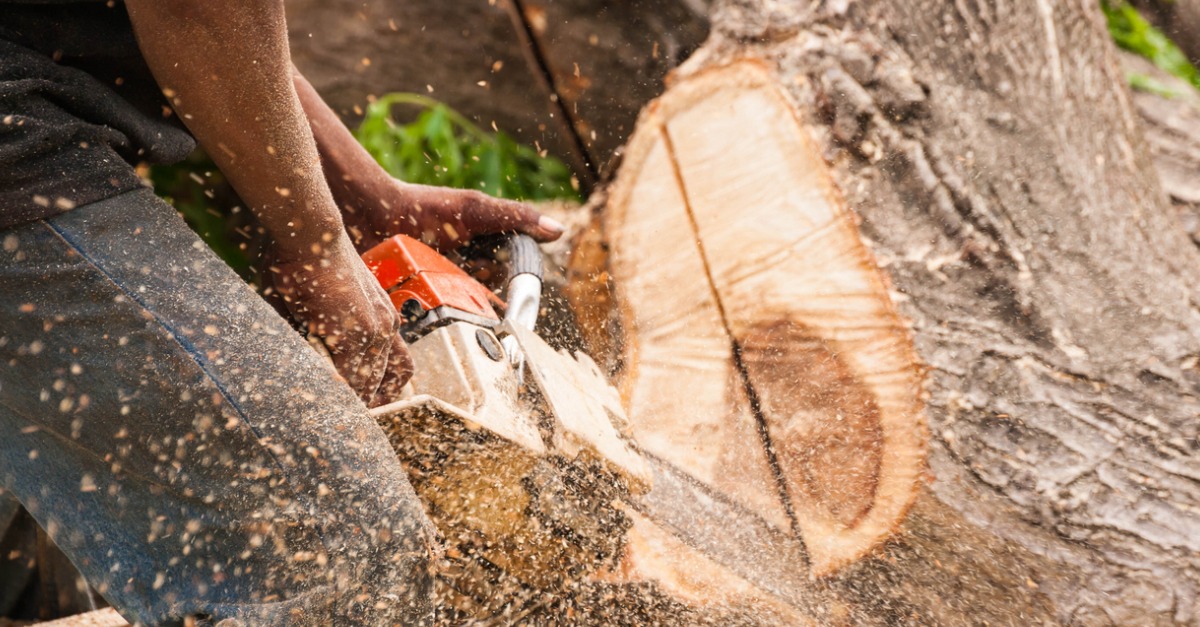When Do I Need a Tree Removal Permit? And Who Handles That?
If you’re a first-time homeowner, live in a historic neighborhood, or just haven’t dealt with tree removal before, you may be wondering what legal responsibilities you have during the process. The experts at Premier Tree Services are here to break it down!
City of Atlanta
Within the city of Atlanta, permits are required by the Tree Conservation Commission, a citizen board appointed by the Mayor and City Council Members. The mission of this board is to “assist in the protection, maintenance, and regeneration of the trees and other forest resources of Atlanta.”
Operating under the Atlanta Tree Ordinance, the Tree Conservation Commission’s site for removal permits lists requirements for the following:
Public Property
You need a permit to remove, destroy, or injure any tree on city-owned property, regardless of size.
Private Property
You need a permit to remove, destroy, or injure any tree of 6 inches or greater diameter-at-breast-height (DBH) on private property. There are no exceptions, either by species or present condition.
Dead and Dying Trees
You need a permit to remove dead and dying trees from private property. These permits can be obtained free of charge by contacting the Arborist Division.”
The application for removal is available here. If you are unsure whether your tree (or your property) qualifies, we can help you through the permitting process. Though we won’t be able to guarantee your permit will be approved by the city, we can provide inspection, consultation, and advice.
Outside of Atlanta
If you’re considering tree removal outside Atlanta, we recommend you check in with your city or county government offices to determine whether or not a permit is necessary, and how requirements may differ from those for Atlanta.
- In Roswell, GA, for example, an application is required for trees larger than 3” in diameter.
- The City of Decatur also has a Tree Canopy Conservation Ordinance, under which “property owners in residential zoning districts are allowed to remove up to 3 healthy, protected trees during an 18 month period.” A permit still must be filed with the City, to help track removal and consider potential replanting.
- Private single-property homeowners of Marietta, GA, are not required to have a permit for tree removal, though the City’s Code of Ordinances spells out several restrictions for commercial and multifamily properties.
- Forsyth County just recently revised its Tree Protection and Replacement Ordinance, though they do not require a permit if residential property owners are interested in removing a tree.
- Norcross, GA’s Code of Ordinances meanwhile clearly states that “No person, corporation or association shall remove or destroy any tree either on public or private property with a DBH of six inches or greater without having first obtained a tree removal permit from the Community Development Department.”
There are several other areas we serve that may have different tree removal permit requirements. If you’re in a location not listed here (or are simply still scratching your head over how, when, where, and why you might need a permit), call us at 404.252.6448 or reach out to us online for inspection and advice.







